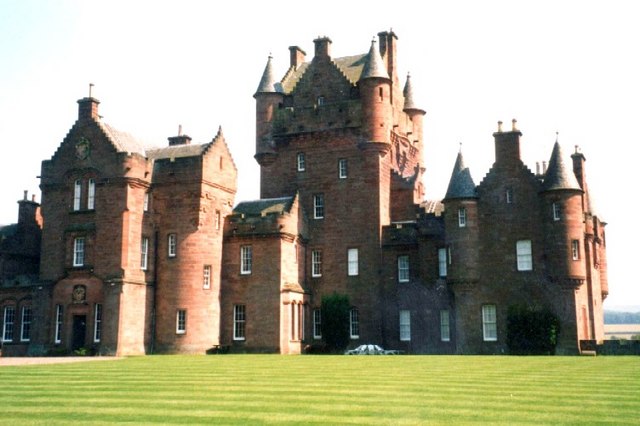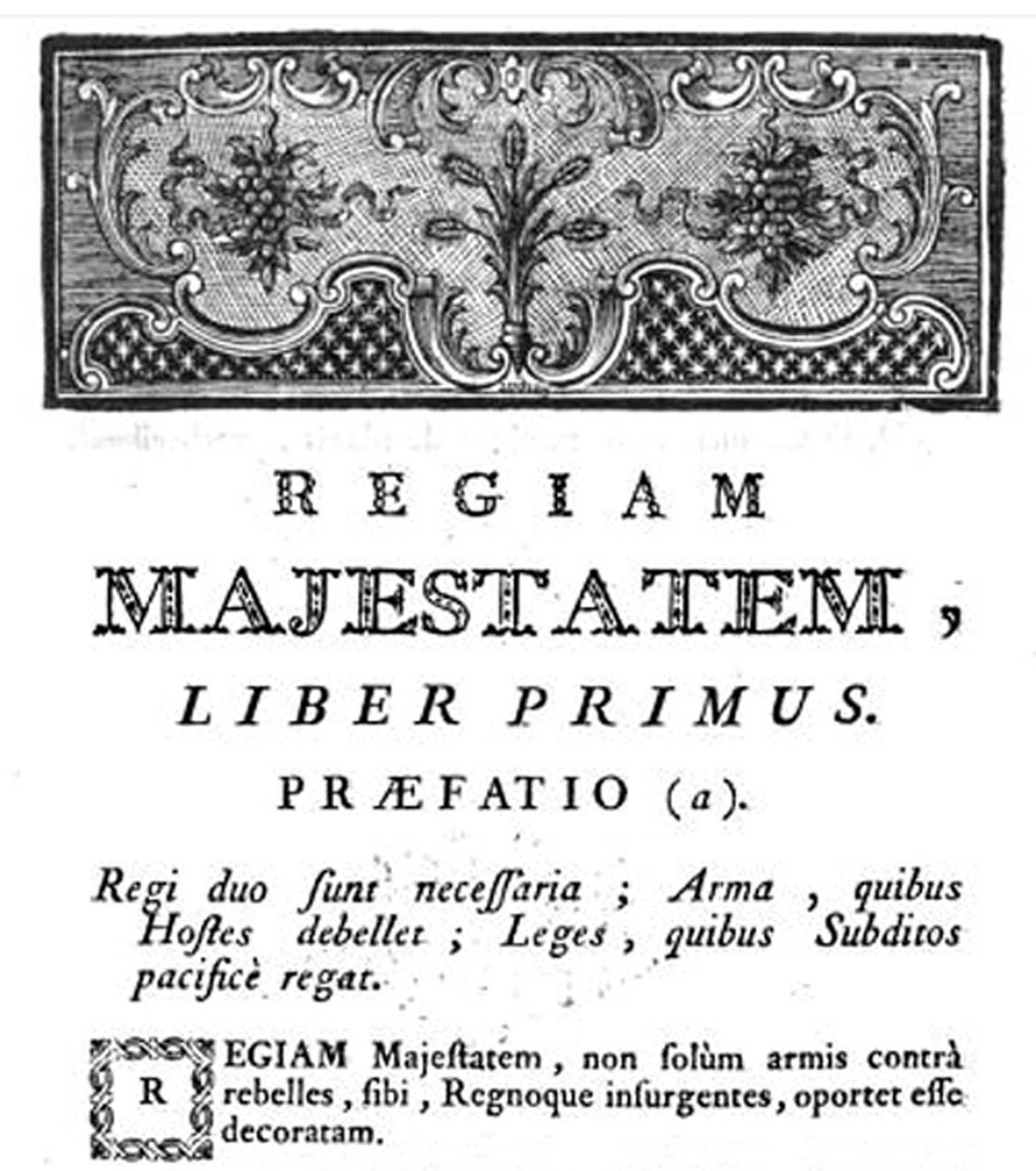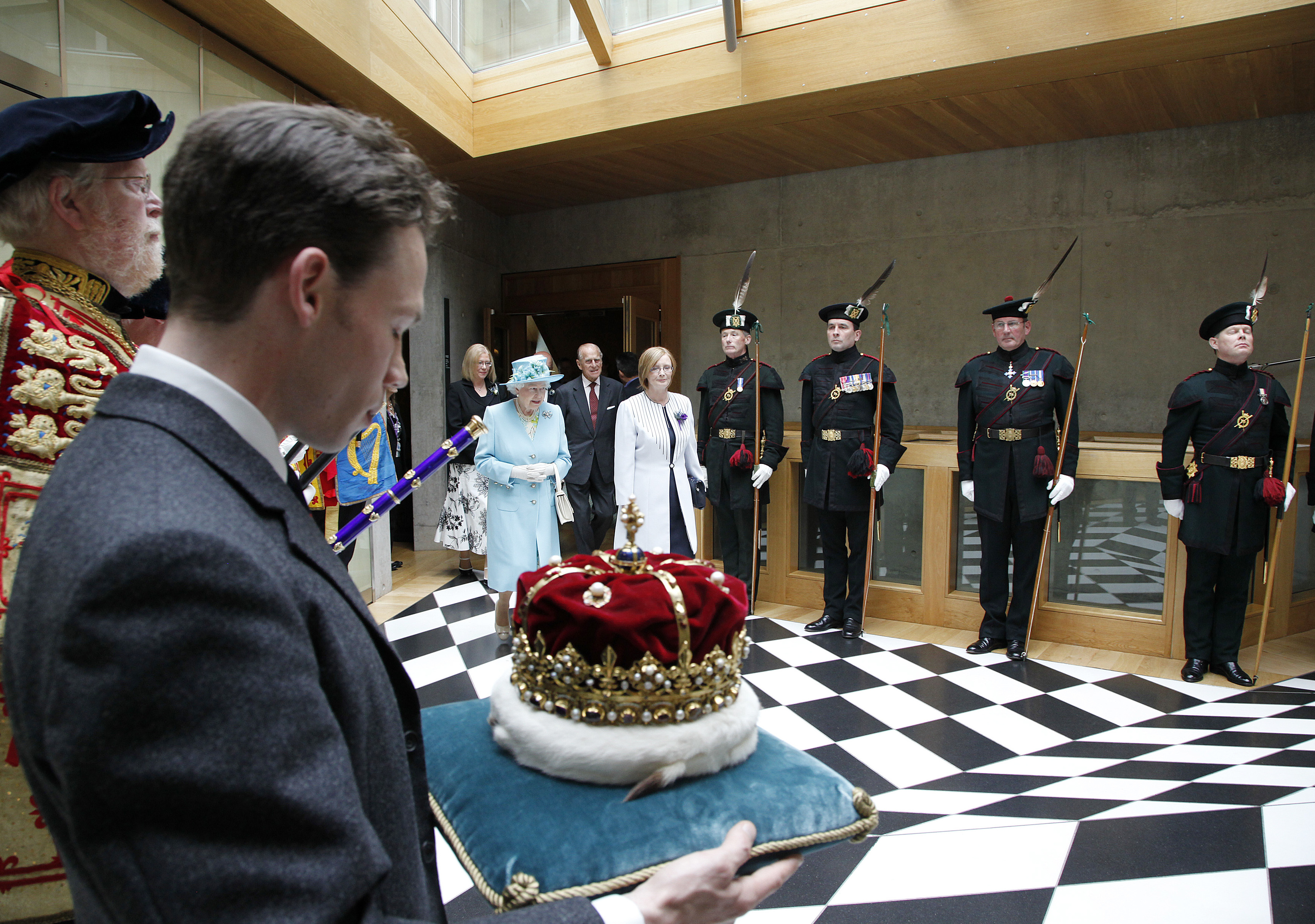|
Lords Of Regality
In the Baronage of Scotland, a Lord of Regality is an ancient noble title. Lords of regality were said to hold a Burgh of regality, regality - a type of territorial jurisdiction under old Scots law. This jurisdiction was created by erecting lands ''in liberam regalitatem'' (in free regality), and the area over which this right extended became the regality. Background Regality jurisdictions originated as a form of delegated authority from the Scottish monarch. Lords of regality historically had powers akin to an earl palatine in England, and they held superior courts, known as regality courts, that exercised both civil and criminal legal powers over specified lands and Baronage of Scotland, baronies. In terms of civil jurisdiction, regality courts possessed authority equivalent to that of the monarch's regional sheriff courts. They also held extensive criminal judicial powers, known as "pits and gallows", which were comparable to those of the High Court of Justiciary, Scotland's ... [...More Info...] [...Related Items...] OR: [Wikipedia] [Google] [Baidu] |
Baronage Of Scotland
In Scotland, the Baronage is the class of barons and baronesses who are the heads of their respective baronies. Also known as prescriptive baronies, they used to be attached to a particular piece of land on which was situated the '' caput'' ( Latin for "head") or essence of the barony, normally a building, such as a castle or manor house. Accordingly, the owner of the piece of land containing the ''caput'' was called a baron or baroness. According to Grant, there were around 350 identifiable local baronies in Scotland by the early fifteenth century and these could mostly be mapped against local parish boundaries. A Scottish barony is the only UK title of nobility able to be legally alienated from the bloodline of its previous possessor and is not subject to the Honours (Prevention of Abuses) Act 1925 as Scottish baronies by their nature were erected in crown charters as a free barony so freely assignable, with crown charters stating ''"heirs and assignees"'' unlike other heredi ... [...More Info...] [...Related Items...] OR: [Wikipedia] [Google] [Baidu] |
Lord Bankton
Andrew McDowall (or Douall), Lord Bankton (1685–1760) was a Scottish lawyer and Senator of the College of Justice. Life He was born the second son of Robert McDowall of Logan, East Ayrshire and his wife, Sarah Shaw daughter of John Shaw of Greenock. Andrew trained in Law at Edinburgh University and passed the Scottish bar as an advocate around 1705. He became a successful advocate in Edinburgh. In 1745 he purchased Bankton House in Prestonpans, east of Edinburgh, from the estate of the late Col.Gardiner who had been killed in the Battle of Prestonpans. On 5 July 1755 he was elected a Senator of the College of Justice in place of the late John Sinclair, Lord Murkle. He died at Bankton House on 22 October 1760. His position as Senator was filled by James Veitch, Lord Elliock. Publications *''An Institute of the Laws of Scotland in Civil Rights'' (4 vols) 1751 to 1758 which compares the differences between Scottish and English Laws and continues in use as a reference book. ... [...More Info...] [...Related Items...] OR: [Wikipedia] [Google] [Baidu] |
Feudalism In Scotland
Feudalism, also known as the feudal system, was the combination of the legal, economic, military, cultural and political customs that flourished in medieval Europe between the 9th and 15th centuries. Broadly defined, it was a way of structuring society around relationships that were derived from the holding of land in exchange for service or labour. Although it is derived from the Latin word ''feodum'' or ''feudum'' (fief), which was used during the Medieval period, the term ''feudalism'' and the system which it describes were not conceived of as a formal political system by the people who lived during the Middle Ages. The classic definition, by François Louis Ganshof (1944),François Louis Ganshof (1944). ''Qu'est-ce que la féodalité''. Translated into English by Philip Grierson as ''Feudalism'', with a foreword by F. M. Stenton, 1st ed.: New York and London, 1952; 2nd ed: 1961; 3rd ed.: 1976. describes a set of reciprocal legal and military obligations which existed am ... [...More Info...] [...Related Items...] OR: [Wikipedia] [Google] [Baidu] |
Legal History Of Scotland
The history of Scots law traces the development of Scots law from its early beginnings as a number of different custom systems among Scotland's early cultures to its modern role as one of the three legal jurisdictions of the United Kingdom. The various historic sources of Scots law, including custom, feudal law, canon law, Roman law and English law have created a hybrid or mixed legal system, which shares elements with English law and Northern Irish law but also has its own unique legal institutions and sources. Origins The nature of Scots law before the 12th century is largely speculative but most likely was a folk-right system applying a specific customary legal tradition to a certain culture inhabiting a certain corresponding area at the time, e.g. Brehon law for the Gaels (Scoti and men of Galloway and Ayrshire), Welsh law for lowland Britons of Yr Hen Ogledd, Udal law for the Norse of Caithness and the islands, and Anglo-Saxon custom in Lothian and Borders. The ear ... [...More Info...] [...Related Items...] OR: [Wikipedia] [Google] [Baidu] |
Lord Of Pittenweem
Lord of Pittenweem or Baron of Pittenweem is a title of nobility in the Baronage of Scotland (a lordship of higher baronial nobility than barony). ''Note that for Lords in the Baronage of Scotland a baron is a lord and a lord is a baron and is interchangeable, the chapeau represents Scottish barons in historic heraldry instead of a coronet.'' It was created by James VI as a barony in 1609 for Frederick Stewart, son of William Stewart, Commendator of Pittenweem. Fredrick Stewart assigned the title and lands of the Lordship and Barony to Thomas Erskine, Viscount Fenton, later 1st Earl of Kellie, in 1614. Between 1631 and 1672 the Lordship and Barony was held by the Crown. It was held "in place of the late lords" so that when the Barony and Lordship later passed to the 3rd Earl of Kellie it was not as a new creation but by an assignation of the Lordship and Barony. The title was used as a courtesy title for the eldest son of the Earls of Kellie until it was conveyed to Sir John A ... [...More Info...] [...Related Items...] OR: [Wikipedia] [Google] [Baidu] |
Lord Of Pittenweem Crop
Lord is an appellation for a person or deity who has authority, control, or power over others, acting as a master, chief, or ruler. The appellation can also denote certain persons who hold a title of the peerage in the United Kingdom, or are entitled to courtesy titles. The collective "Lords" can refer to a group or body of peers. Etymology According to the Oxford Dictionary of English, the etymology of the word can be traced back to the Old English word ''hlāford'' which originated from ''hlāfweard'' meaning "loaf-ward" or "bread-keeper", reflecting the Germanic tribal custom of a chieftain providing food for his followers. The appellation "lord" is primarily applied to men, while for women the appellation " lady" is used. This is no longer universal: the Lord of Mann, a title previously held by the Queen of the United Kingdom, and female Lords Mayor are examples of women who are styled as "Lord". Historical usage Feudalism Under the feudal system, "lord" had a w ... [...More Info...] [...Related Items...] OR: [Wikipedia] [Google] [Baidu] |
Baron Of Mordington
Baron is a rank of nobility or title of honour, often hereditary, in various European countries, either current or historical. The female equivalent is baroness. Typically, the title denotes an aristocrat who ranks higher than a lord or knight, but lower than a viscount or count. Often, barons hold their fief – their lands and income – directly from the monarch. Barons are less often the vassals of other nobles. In many kingdoms, they were entitled to wear a smaller form of a crown called a ''coronet''. The term originates from the Latin term , via Old French. The use of the title ''baron'' came to England via the Norman Conquest of 1066, then the Normans brought the title to Scotland and Italy. It later spread to Scandinavia and Slavic lands. Etymology The word '' baron'' comes from the Old French , from a Late Latin "man; servant, soldier, mercenary" (so used in Salic law; Alemannic law has in the same sense). The scholar Isidore of Seville in the 7th century t ... [...More Info...] [...Related Items...] OR: [Wikipedia] [Google] [Baidu] |
Holyrood Palace
The Palace of Holyroodhouse ( or ), commonly referred to as Holyrood Palace or Holyroodhouse, is the official residence of the British monarch in Scotland. Located at the bottom of the Royal Mile in Edinburgh, at the opposite end to Edinburgh Castle, Holyroodhouse has served as the principal royal residence in Scotland since the 16th century, and is a setting for state occasions and official entertaining. The late Queen Elizabeth II spent one week in residence at Holyroodhouse at the beginning of each summer, where she carried out a range of official engagements and ceremonies. The 16th-century historic apartments of Mary, Queen of Scots, and the State Apartments, used for official and state entertaining, are open to the public throughout the year, except when members of the royal family are in residence. The Queen's Gallery was built at the western entrance to the Palace of Holyroodhouse and opened in 2002 to exhibit works of art from the Royal Collection. The gardens of ... [...More Info...] [...Related Items...] OR: [Wikipedia] [Google] [Baidu] |
Alexander Douglas-Hamilton, 16th Duke Of Hamilton
Alexander Douglas Douglas-Hamilton, 16th Duke of Hamilton, 13th Duke of Brandon (born 31 March 1978) is a Scottish nobleman and the premier peer of Scotland. Early life He is the son of Angus Douglas-Hamilton, 15th Duke of Hamilton, and his first wife, Sarah Scott, and was educated at Keil School, Dumbarton, and Gordonstoun in Scotland."Hamilton, 16th Duke of, cr 1643 (Scot.), AND BRANDON, 13th Duke of, cr 1711 (GB) (Alexander Douglas-Hamilton)" in , online edition, accessed 12 August 2022 Inheritance Upon the death of h ...[...More Info...] [...Related Items...] OR: [Wikipedia] [Google] [Baidu] |
Douglas-Hamilton COA
Douglas-Hamilton is the family surname of the Dukes of Hamilton and Earls of Selkirk. The name originates from the marriage of Anne Hamilton, 3rd Duchess of Hamilton to William Douglas, 1st Earl of Selkirk in 1656. Anne was Duchess in her own right and head of the "House of Hamilton". William was a younger son of the Marquess of Douglas. Upon the death of a cousin, the Duke of Douglas, in 1761 without heir, his subsidiary titles and the nominal seniority of the "House of Douglas", were devolved onto the 7th Duke of Hamilton. These titles are: :Marquess of Douglas :Earl of Angus :Lord Abernethy and Jedburgh Forest The Mormaer or Earl of Angus was the ruler of the medieval Scottish province of Angus. The title, in the Peerage of Scotland, is held by the Duke of Hamilton, and is used as a courtesy title for the eldest son of the Duke's eldest son. History ... The Arms of the Head of the House are: :Quarterly; 1st and 4th grandquarters, counterquartered (i) and (iv) Gules, th ... [...More Info...] [...Related Items...] OR: [Wikipedia] [Google] [Baidu] |









